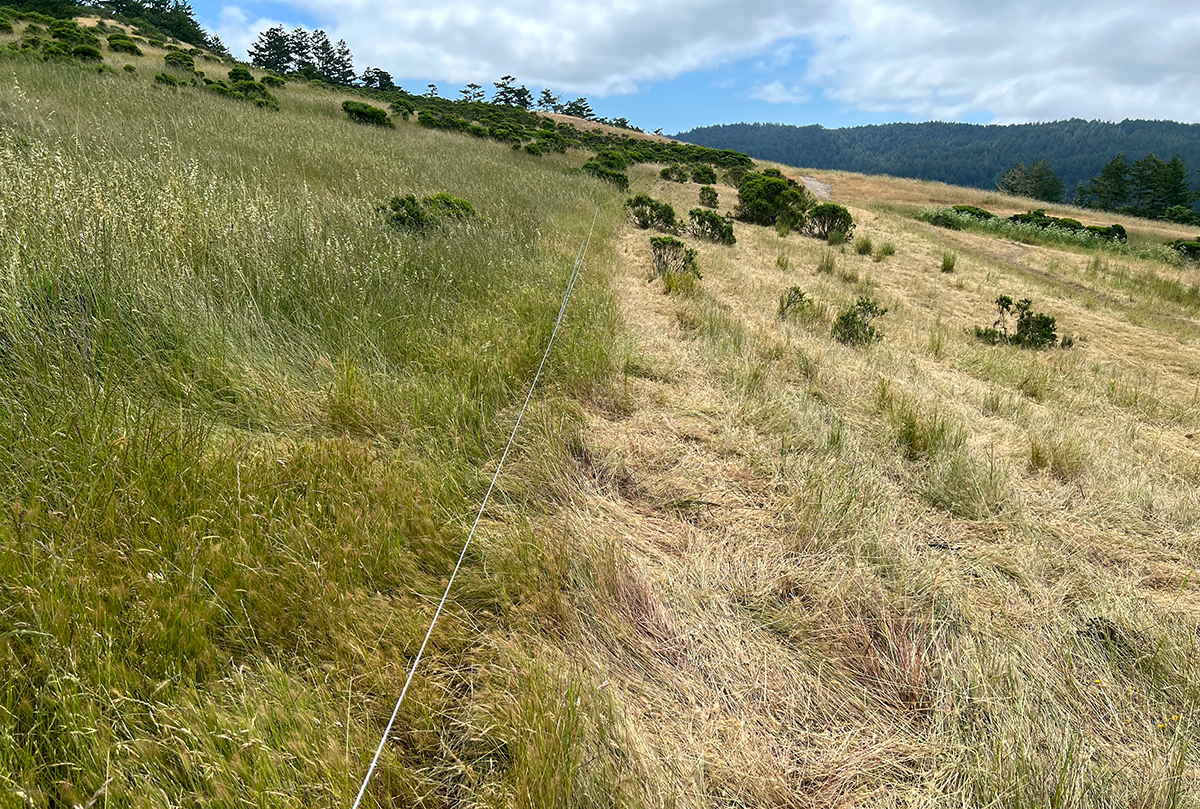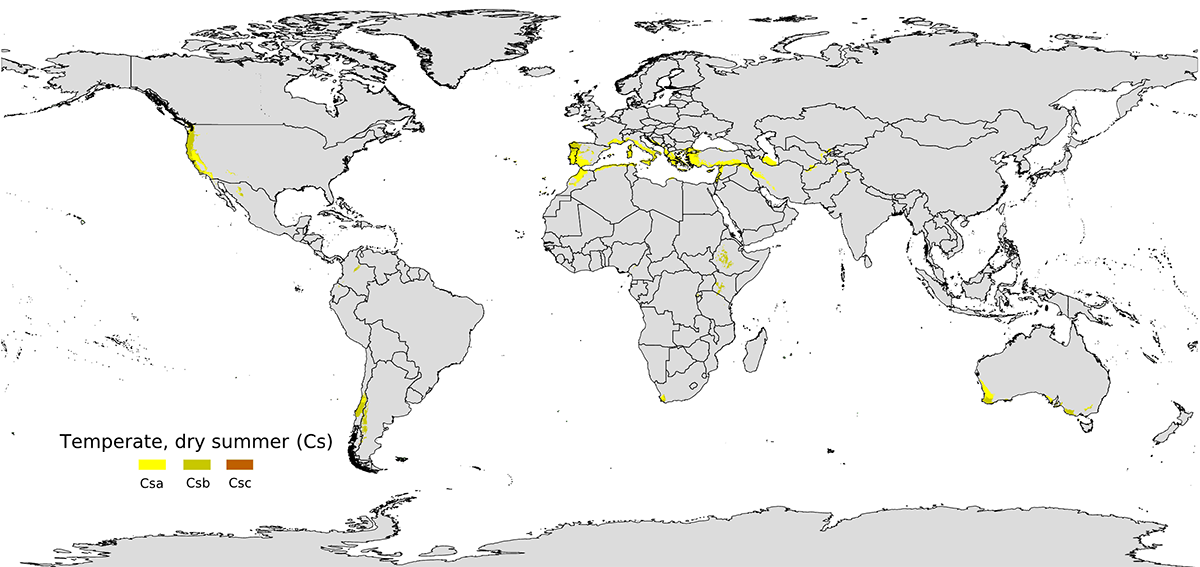Across the globe, one of the most important and impactful tools that regenerative ranchers have is recovery and rest.
Regenerative Ranching by the Numbers – Article 2
03/20/2025
By: Kevin Watt & Shae Lynn Watt, Bookcliff Consulting
In last month’s article we talked about how collecting and analyzing data on regenerative ranches is complex, but promising. Ranchers, technical service providers, educators, policy makers, and investors all benefit when we have a clearer understanding of which management practices and principles generate the most good at the lowest cost.
Across the globe, one of the most important and impactful tools that regenerative ranchers have is recovery and rest. It may seem counterintuitive that not grazing can be so impactful, but consider how important rest and recovery are for the health of a human body. Intensive or even moderate exercise of the same muscle every day is a perfect recipe for injury. A workout followed by rest and recovery, though, strengthens the muscle and increases resilience. Data from across the country shows us that the same is true for rangelands.
A pasture on TomKat Ranch. The section on the left has had time to rest. The section on the right was recently grazed and is ready for some rest.
Providing rangelands with appropriate rest and recovery is often one of the biggest and most notable differences between conventional and regenerative ranching systems. A lot of grazing in the United States allows livestock to roam unrestricted across large areas and graze, re-graze, and re-re-graze plants at will. Like an overworked muscle, this continuous impact can injure the health of plants and eventually degrade the soil, watershed, and ecosystem as a whole.
Regenerative ranching systems use rest and recovery to help plants and the ecosystem grow stronger and more resilient from the stimulating periodic impact of grazing. But how much rest and recovery do fields need? What conditions affect rest and recovery? Do we need to measure rest and recovery separately? These are all questions that data can help answer.
To start, rest and recovery are not the same. Rest is simply the absence of disturbance, in this case grazing animals, whereas recovery is the absence of disturbance with the necessary conditions for plants to regrow. This means that a given field may have a long period of rest, but only a fraction of that time may have had the warmth, moisture, and solar hours to provide plants the ability to recover.
TomKat Ranch is located in a fairly unique ecological context. California is one of the few places on the planet with a Mediterranean climate. In these areas, annual rainfall is concentrated in the cold winter months. When discussing recovery, this means that there is a fairly narrow window each year when the annual grasses that California ranchers rely on for feeding cattle have the conditions they need to grow.
Wikimedia Commons – The different types of Mediterranean climates around the world.
As you can imagine, this real-world complexity translates into data analysis complexity as well. And the reality is that studying the impacts of rest and recovery in grazing systems located on only 2% of the planet’s land mass hasn’t been a priority in agricultural research. To help explore that question and improve grazing on TomKat Ranch and beyond, we’ve begun to dive into years of management and ecological data.
Agricultural research tells us that grazing methods that incorporate periods of rest lead to increased ground cover and biomass, which are important ecosystem metrics because they indicate that the soil is protected and that wildlife like birds, small mammals, and reptiles have habitat in the field. Australian researcher Sarah MacDonald‘s article shows that these effects increase when the ratio of rest days to grazing days increases; this is especially true when there are at least six rest days for every grazing day.
However, many of California’s regenerative ranchers have expressed that these relationships aren’t clear on their own lands, which may be partially explained by the difference between rest and recovery.
This year we’re asking basic questions about how rest and recovery impacts outcomes at TomKat Ranch and other ranches in Coastal California. We’re starting with the most simple, and building out. The first set of questions we’ll be asking are based around a simple metric of rest—how many rest days did this field have in the 365 days prior to ecological sampling?
As we build off that foundation and explore the data, we believe it will point us toward the appropriate next level of complexity. Once we have an understanding of what the general relationship to rest looks like, we can start to see what the data tells us about:
- What percentage of rest days at TomKat Ranch are also recovery days?
- How does the average length of a field’s rest period impact ecological outcomes?
- How does the average length of a field’s rest period impact forage production?
- How does the impact of rest vary on different landscapes (based on slopes, aspects, and soil types)?
- Do fields with a stronger ecological starting place respond to rest differently than fields with worse ecological conditions?
Even with this relatively narrow focus within the range of ways we could measure management practices, this foundational analysis will allow us to explore basic relationships between amount of rest and diverse outcomes. We’ll be relying on the work of our on-site science partner, Point Blue Conservation Science, and the years of ecological monitoring data they’ve collected about topics like:
- Soil health
- Vegetation growth and diversity
- Biodiversity
Regenerative ranching will always be driven by the decisions of people who have their boots on the soil–the rancher land stewards who can touch the grass, feel the soil, and watch the behavior of domesticated and wild animals on the land. But when our senses tell us that our land reacts differently to practices widely supported by others in the industry, data can help us tease apart what’s working and what’s not, right here in our own unique context.

